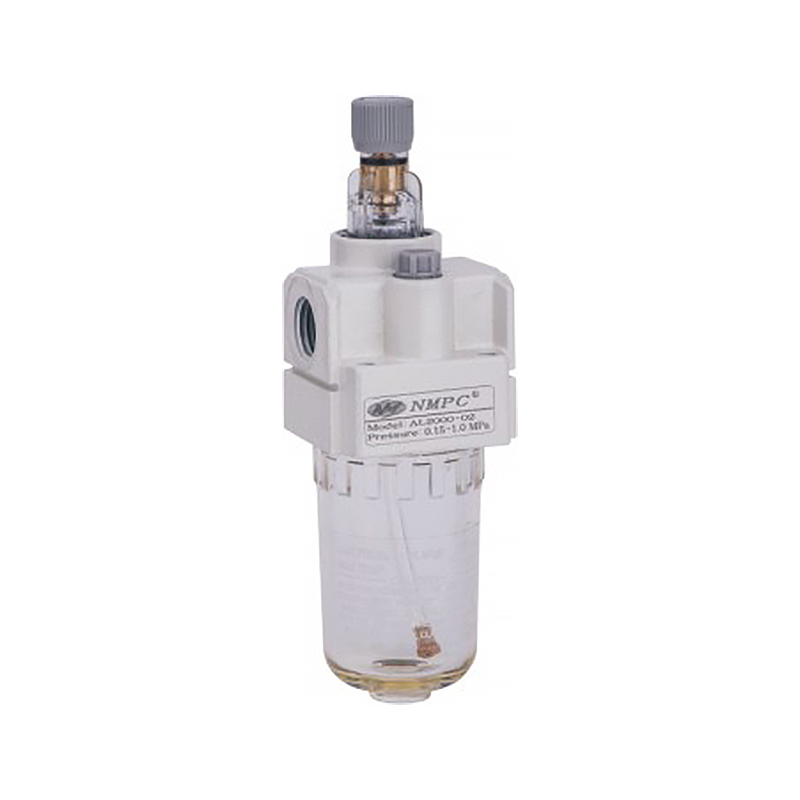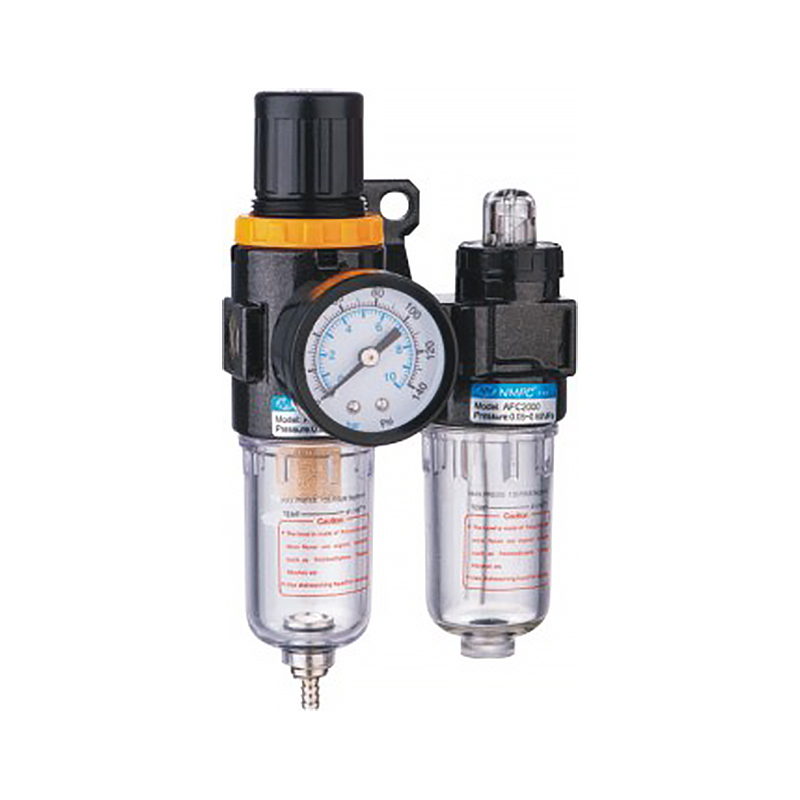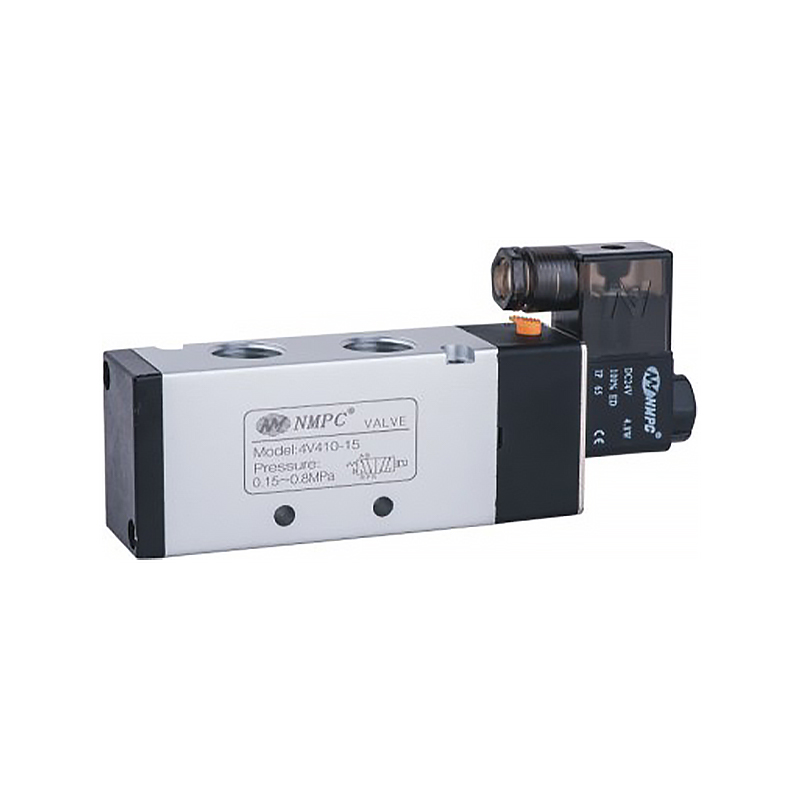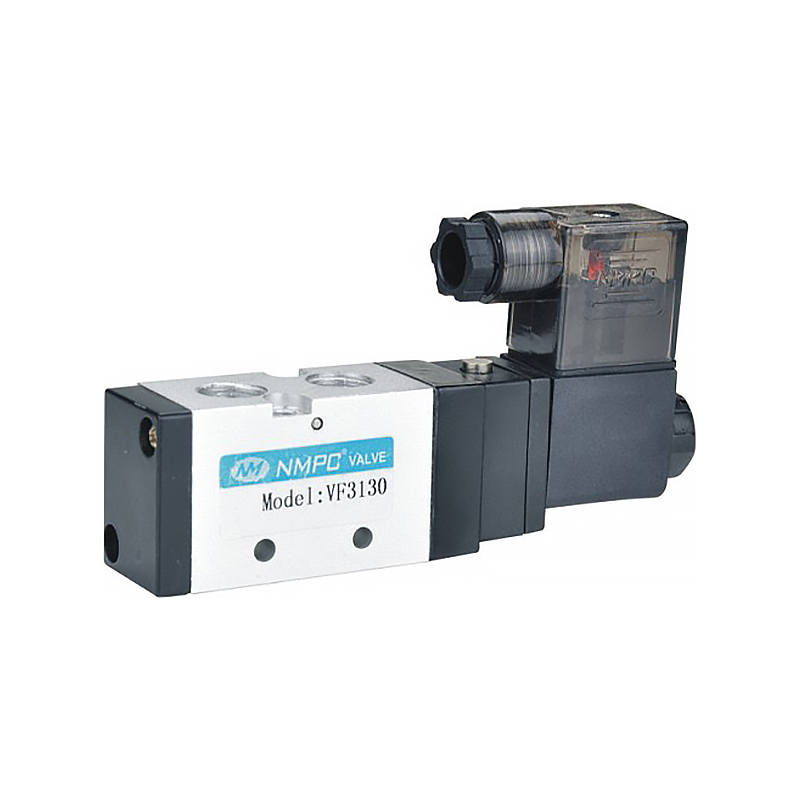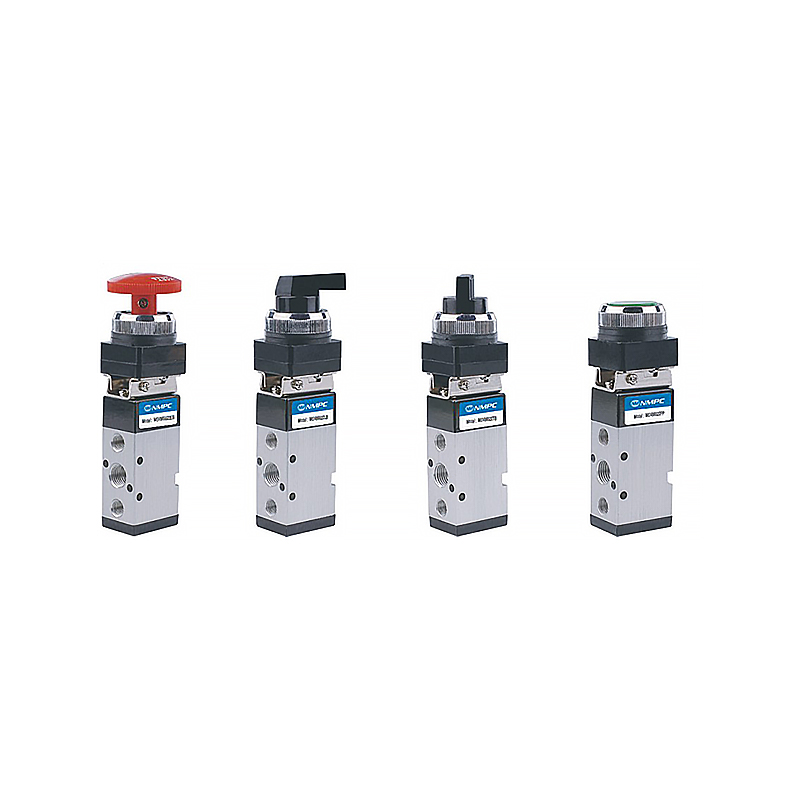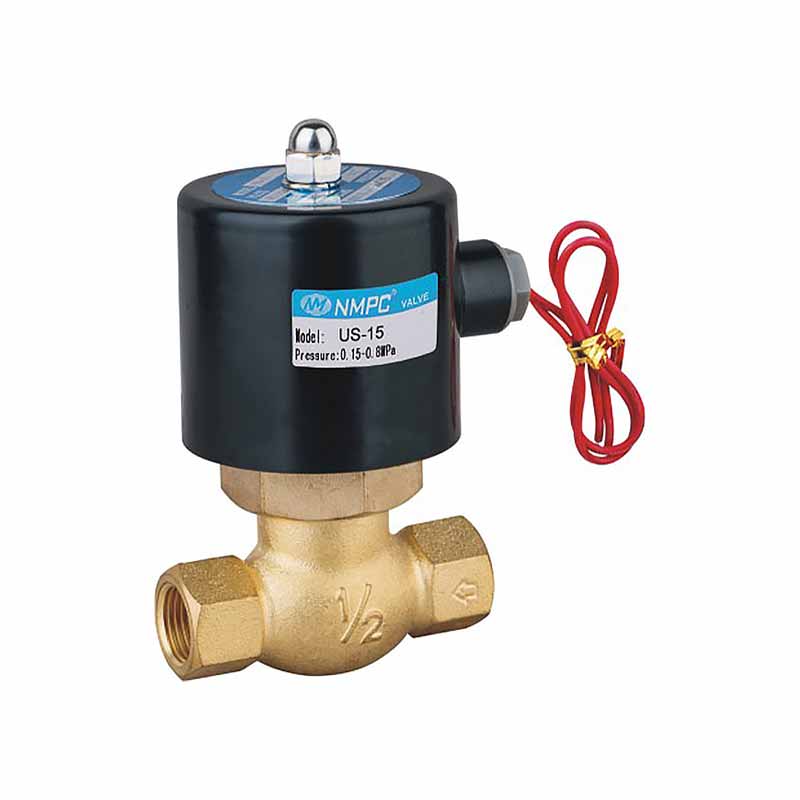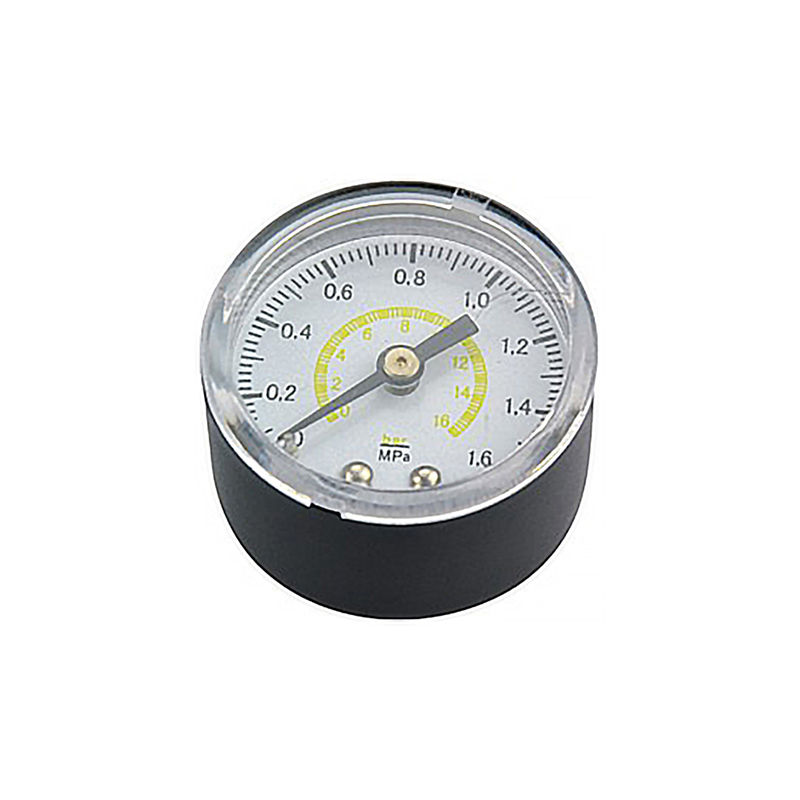Copyright 2022 © Ningbo Xinmadi Automation Technology Co., Ltd. All Rights Reserved.

A pneumatic lubricator is designed to introduce a controlled amount of lubricant into a compressed air system, but its ability to evenly distribute the lubricant throughout the entire system can be influenced by various factors. While a well-designed and properly functioning lubricator can help ensure a more uniform distribution of lubricant, achieving perfect and absolute uniformity throughout the entire system can be challenging due to certain limitations and considerations. Here are some factors that can affect the even distribution of lubricant in a pneumatic system:
1.System Design and Layout: The design and layout of the pneumatic system, including the complexity of the piping network, the presence of dead legs, and the length of the lines, can affect the distribution of lubricant. Certain parts of the system may receive more lubricant than others, especially if there are restrictions, bends, or uneven pressure drops within the network.
2.Lubricant Viscosity and Properties: The viscosity and properties of the lubricant being used can impact its flow and distribution throughout the system. Some lubricants may have a tendency to cling to the walls of the piping or may not flow as easily, potentially leading to uneven distribution.
3.Air Flow and Pressure: Variations in air flow and pressure within the system can affect the distribution of the lubricant. Uneven air flow or pressure drops can lead to uneven distribution of the lubricant, especially in systems with multiple branches and different flow requirements.
4.Maintenance and Monitoring: Regular maintenance and monitoring of the lubricator and the entire pneumatic system are essential to ensure optimal performance. Failure to maintain the lubricator or detect and address any issues in the system can lead to uneven distribution of lubricant and potential malfunctions.
While a pneumatic lubricator can contribute to the distribution of lubricant within the system, it is crucial to consider the factors mentioned above to optimize its performance. Proper system design, regular maintenance, and the use of appropriate lubricants are key to achieving as uniform a distribution of lubricant as possible throughout the pneumatic system. Additionally, system operators should monitor the performance of the lubricator and the overall system regularly to identify any potential issues and ensure consistent and effective lubrication.

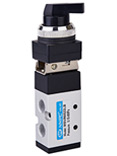
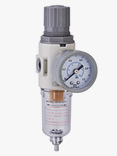
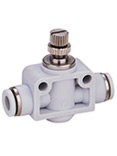
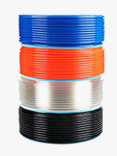
 简体中文
简体中文 English
English